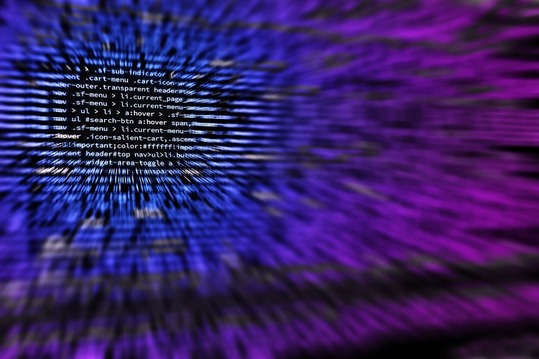|
Lately, I've been busy with preparations for my conference trips, hence my online absence. Nevertheless, I found time to write something for you all who keep an open mind to non-hyped data science and A.I related content. So, this time I'd like to share a few thoughts on programming for data science, from a somewhat different perspective. First of all, it doesn't matter that much what language you use, if you have attained mastery of it. Even sub-Julia languages can be useful if you know how to use them well. However, in cases where you use a less powerful language, you need to know about lambda functions. I mastered this programming technique only recently because in Julia the performance improvement is negligible (unless your original code is inefficient to start with). However, as they make for more compact scripts, it seems like useful know-how to have. Besides, they have numerous uses in data science, particularly when it comes to:
Another thing that I’ve found incredibly useful, and which I mastered in the past few weeks, is the use of auxiliary functions for refactoring complex programs. A large program is bound to be difficult to comprehend and maintain, something that often falls into the workload of someone else you may not have a chance to help out. As comments in your script may also prove insufficient, it’s best to break things down to smaller and more versatile functions that are combined in your wrapper function. This modular approach, which is quite common in functional programming, makes for more useful code, which can be reused elsewhere, with minor modifications. Also, it’s the first step towards building a versatile programming library (package). Moreover, I’ve rediscovered the value of pen and paper in a programming setting. Particularly when dealing with problems that are difficult to envision fully, this approach is very useful. It may seem rudimentary and not something that a "good data scientist" would do, but if you think about it, most programmers also make use of a whiteboard or some other analog writing equipment when designing a solution. It may seem like an excessive task that may slow you down, but in the long run, it will save you time. I've tried that for testing a new graph algorithm I've developed for figuring out if a given graph has cycles (cliques) in it or not. Since drawing graphs is fairly simple, it was a very useful auxiliary task that made it possible to come up with a working solution to the problem in a matter of minutes. Finally, I discovered again the usefulness of in-depth pair-coding, particularly for data engineering tasks. Even if one's code is free of errors, there are always things that could use improvement, something that can be introduced through pair-coding. Fortunately, with tools like Zoom, this is easier than ever before as you don't need to be in the same physical room to perform this programming technique. This is something I do with all my data science mentees, once they reach a certain level of programming fluency and according to the feedback I've received, it is what benefits them the most. Hopefully, all this can help you clarify the role of programming in data science a bit more. After all, you don't need to be a professional coder to make use of a programming language in fields like data science.
0 Comments
Your comment will be posted after it is approved.
Leave a Reply. |
Zacharias Voulgaris, PhDPassionate data scientist with a foxy approach to technology, particularly related to A.I. Archives
April 2024
Categories
All
|

 RSS Feed
RSS Feed